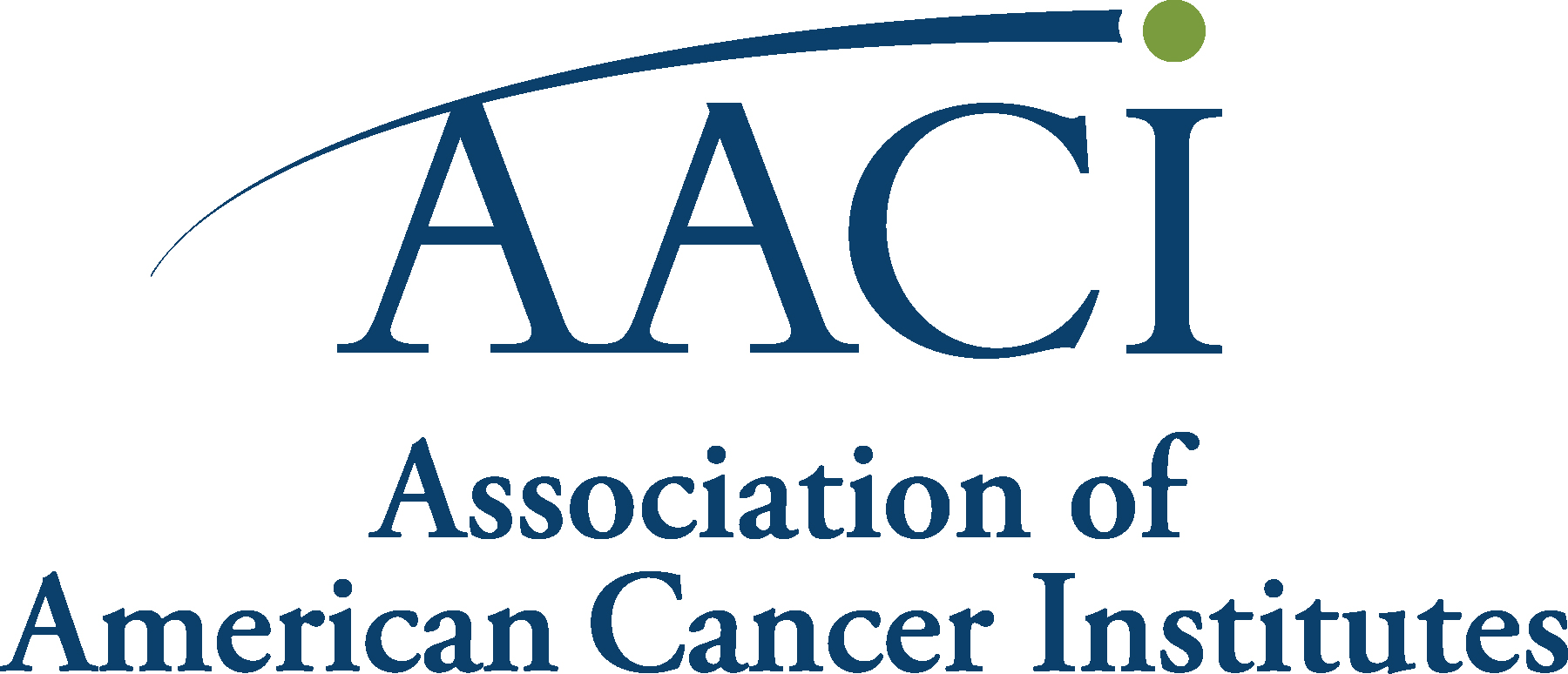Newswise — Cancer centers are encouraged—and in some cases, required—to reduce the burden of cancer in their catchment areas through community outreach and engagement. However, the extent to which cancer centers adequately reach the entire U.S. population is unknown.
To better understand the demographics of these catchment areas—and where overlaps and gaps in coverage may exist—the Association of American Cancer Institutes (AACI) surveyed its members in late 2020. The survey was the first step in the presidential initiative of Karen E. Knudsen, MBA, PhD, then director of Sidney Kimmel Cancer Center (SKCC) at Jefferson Health in Philadelphia.
Results of the survey were included in a manuscript, “Assessing the Coverage of U.S. Cancer Center Primary Catchment Areas,” published this month in Cancer Epidemiology, Biomarkers & Prevention, a journal of the American Association for Cancer Research (AACR).
SKCC Associate Director for Community Integration, Amy Leader, PhD, MPH, and Associate Director for Data Science, Christopher McNair, PhD, led the data analysis, comparing catchment area coverage to U.S. population density, cancer incidence, and cancer mortality. The survey results showed geographic gaps in catchment area coverage, which may contribute to cancer health disparities.
As a past president of AACI, my presidential initiative was dedicated to understanding and mitigating cancer disparities, while promoting diversity, equity, and inclusion in cancer research and care,” said Dr. Knudsen, now chief executive officer of the American Cancer Society. “This foundational study was the first to formalize the catchment areas served by the major cancer centers of North America, overlaid as a function of the cancer burden, with the goal of discerning gaps and priority areas.”
Discerning these priority areas is critical to begin working toward catchment area equity, where all populations are linked to a cancer center “home.” Additional areas of interest stemming from the study include mapping cancer center catchment areas against maps of cancer risk behaviors, social determinants of health, and health service utilization. Dr. Knudsen added, “This is only the first step toward assessing the strategies used by the 103 AACI Centers to mitigate cancer disparities and will be used as a blueprint to affect positive change.”
AACI distinguishes itself among professional cancer organizations through its ongoing engagement with academic cancer centers. The AACI Presidential Initiative allows the president of AACI's Board of Directors to formalize a special project of broad interest and value to AACI members during their term.
###
AACI’s mission is to accelerate progress against cancer by enhancing the impact of North America’s leading academic cancer centers. For more information, please visit aaci-cancer.org.
Journal Link: Cancer Epidemiology, Biomarkers & Prevention, Jan-2022
